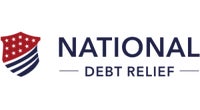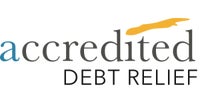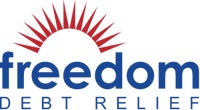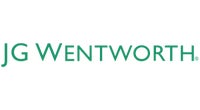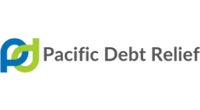Debt Relief
National Debt Relief: FEATURED PARTNER

-
Client dashboard for 24/7 monitoring
-
Available in 46 states across the US
-
Free initial consultation
-
No upfront fees
-
A+ Rating with the BBB
On partner site
-
Verified lenderExpert Take:
National Debt Relief stands out for its positive customer service reviews and free initial consultation. Plus, the company states that you can cancel without penalties or fees if you are unsatisfied with its services before debt settlement.
DisclosuresFees:- Closing fee of 15% to 25% of your enrolled debt.
Time to receive funds:24 to 48 months after enrolling in the program.
Pros
- No fees until debt is resolved.
- Free savings estimate.
- Affordable plans.
Cons
- Initial damage to credit score.
- No guarantee that all debts will be resolved.
- Closing fee of up to 25%.
Please Note: National Debt Relief does not offer loans. They provide professional debt relief services. You must have over $7,500 in unsecured credit card debt to qualify for debt relief assistance. Service is not available in: CT, OR, VT, or WV.




